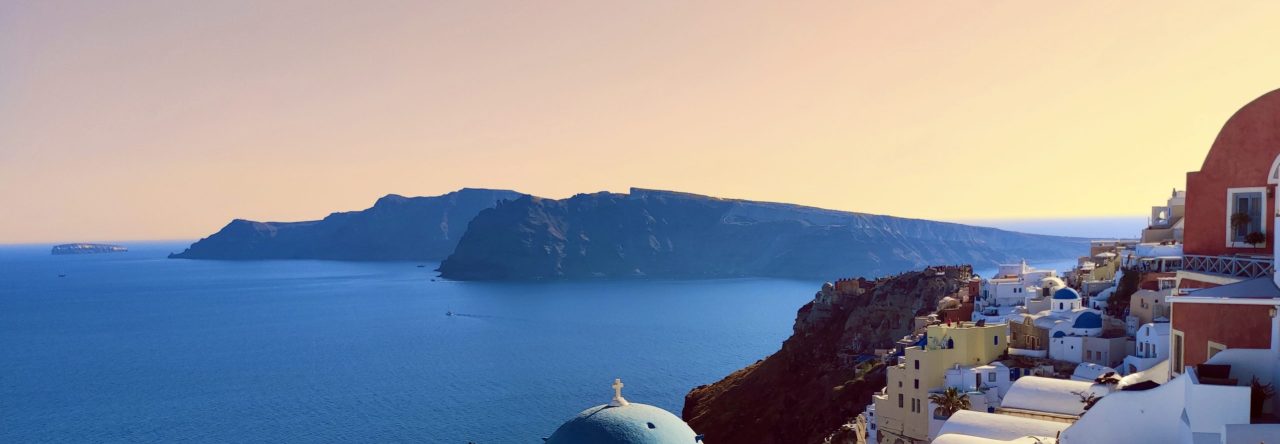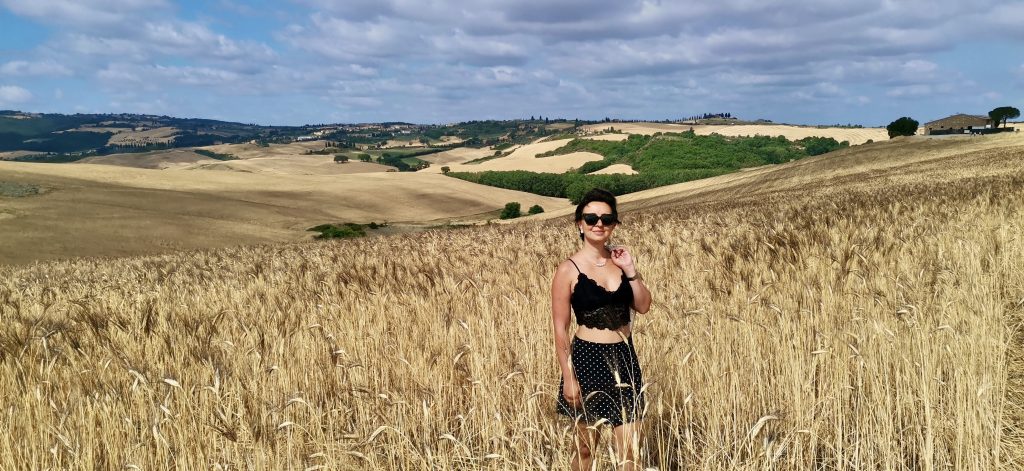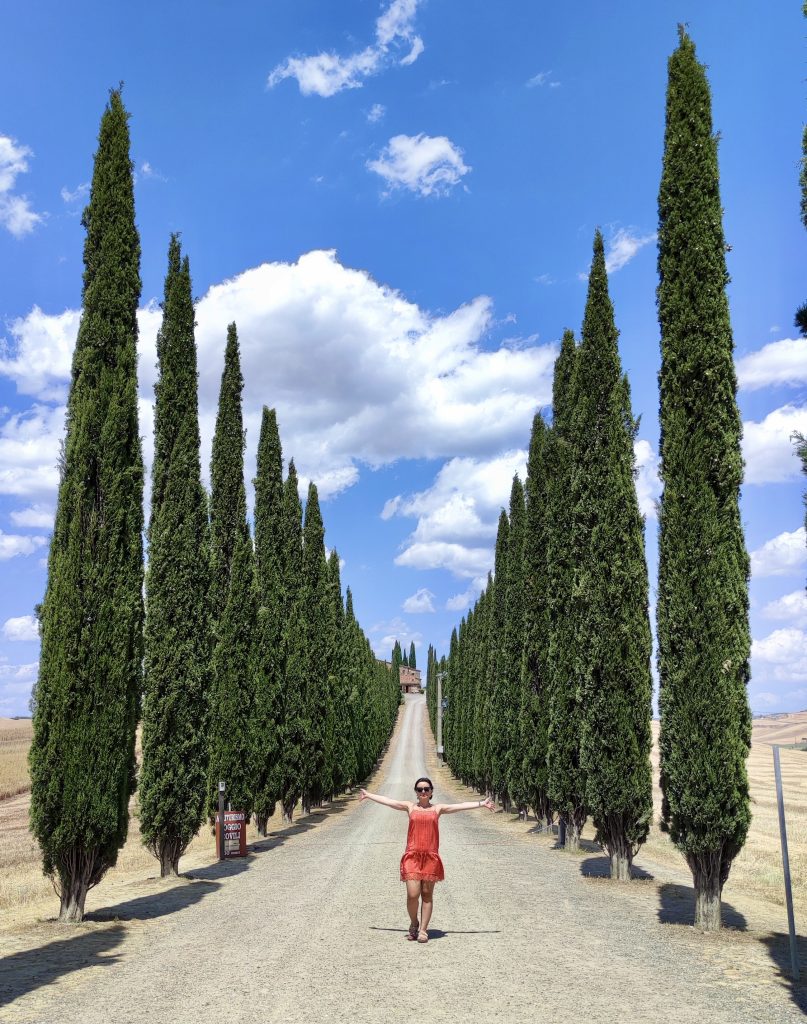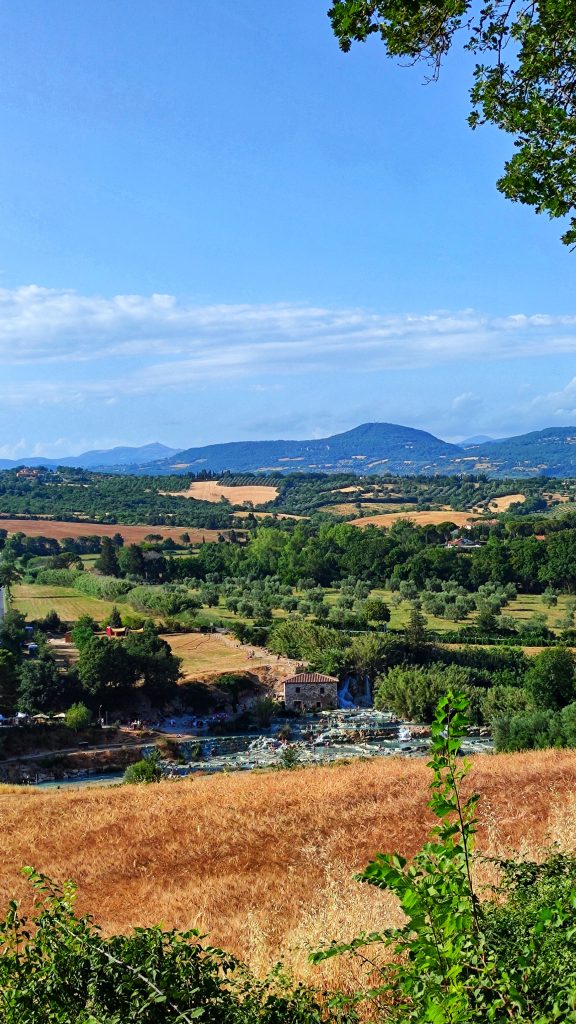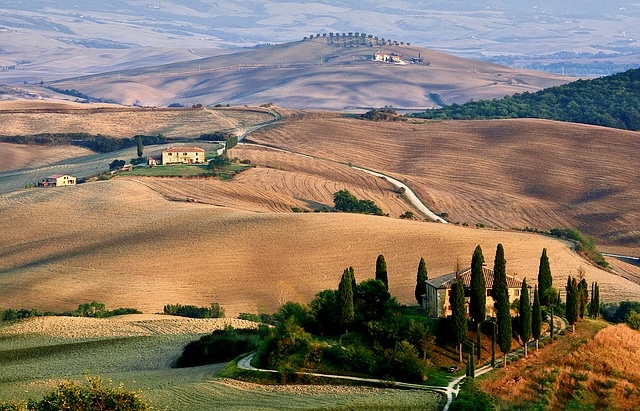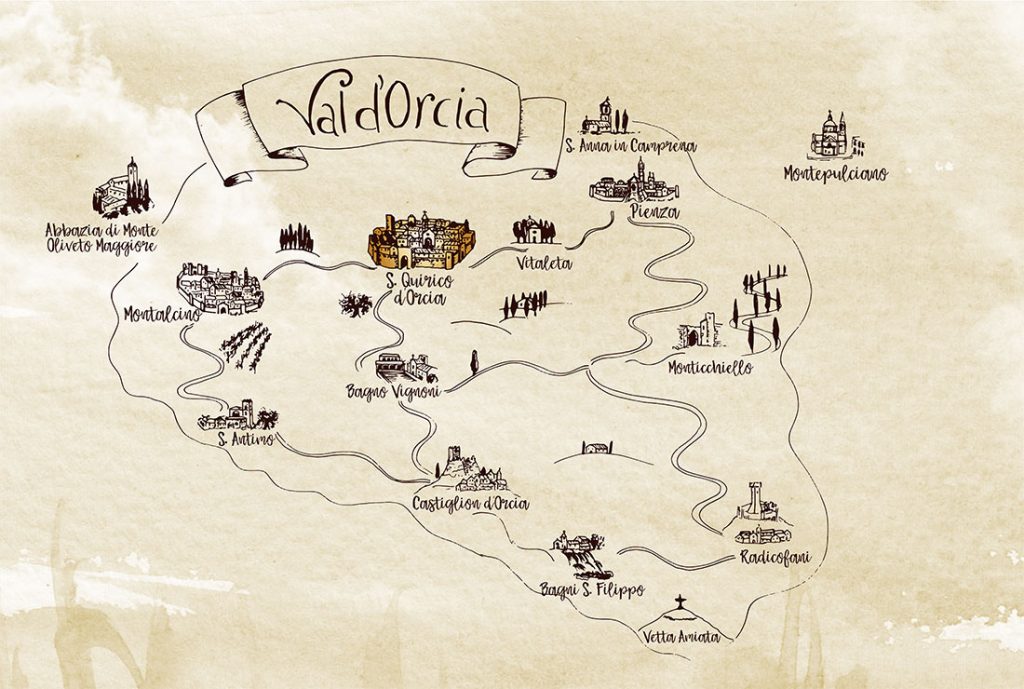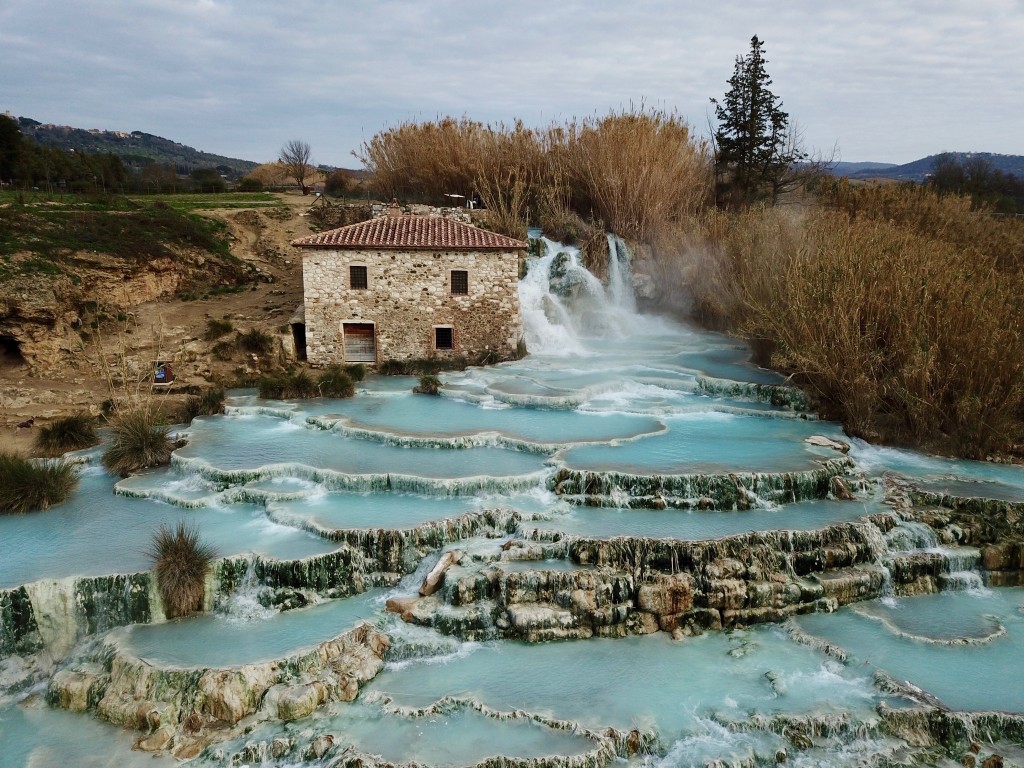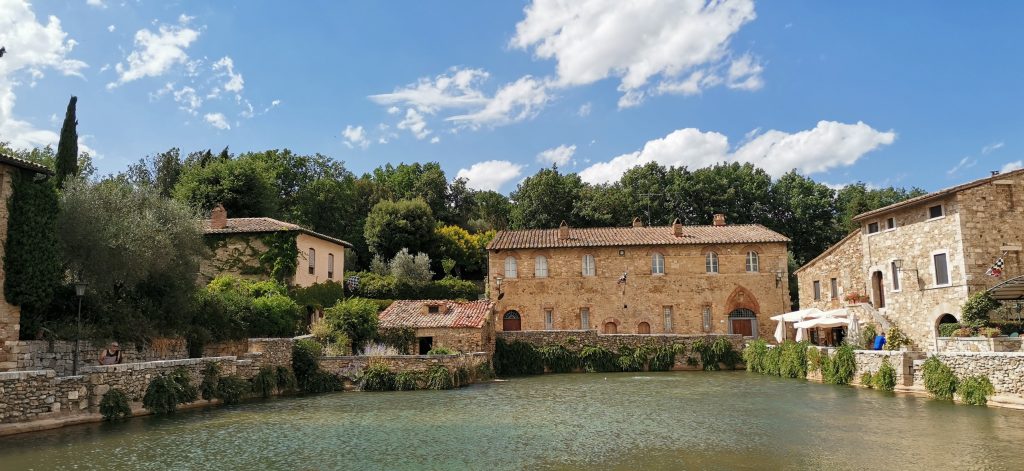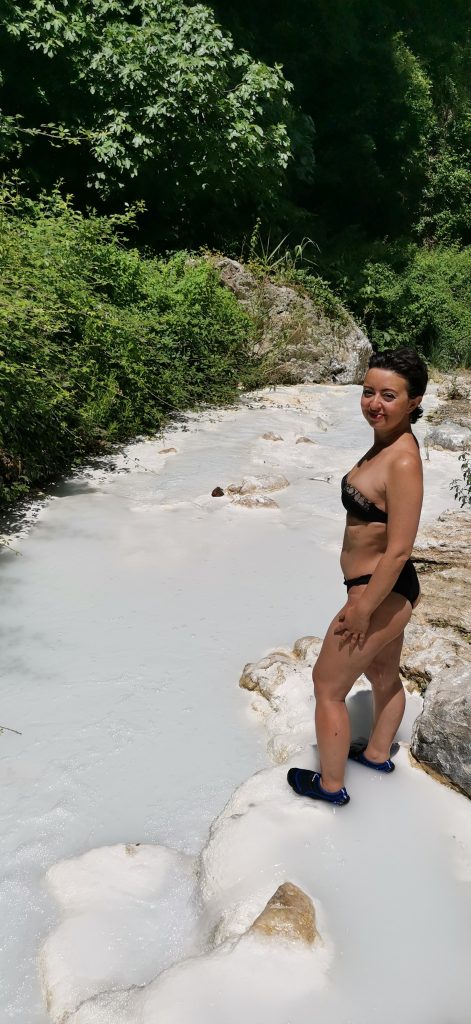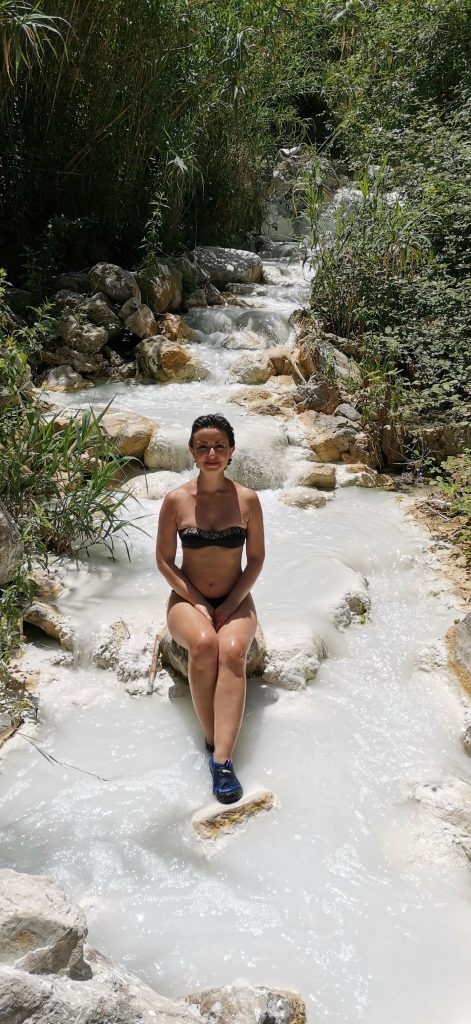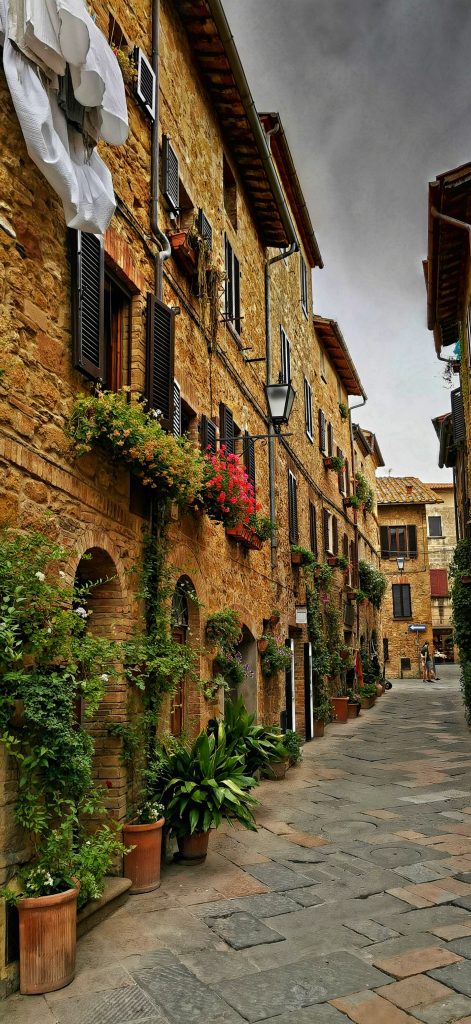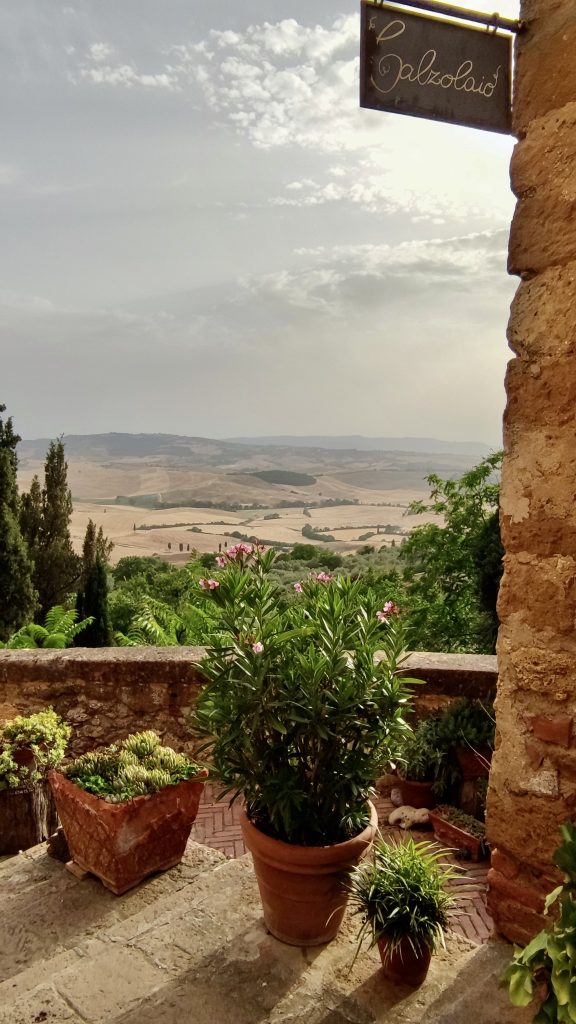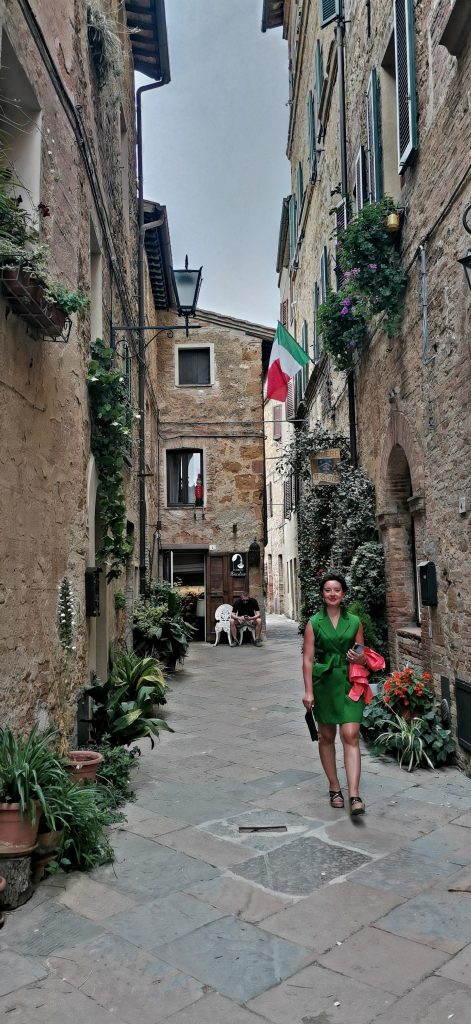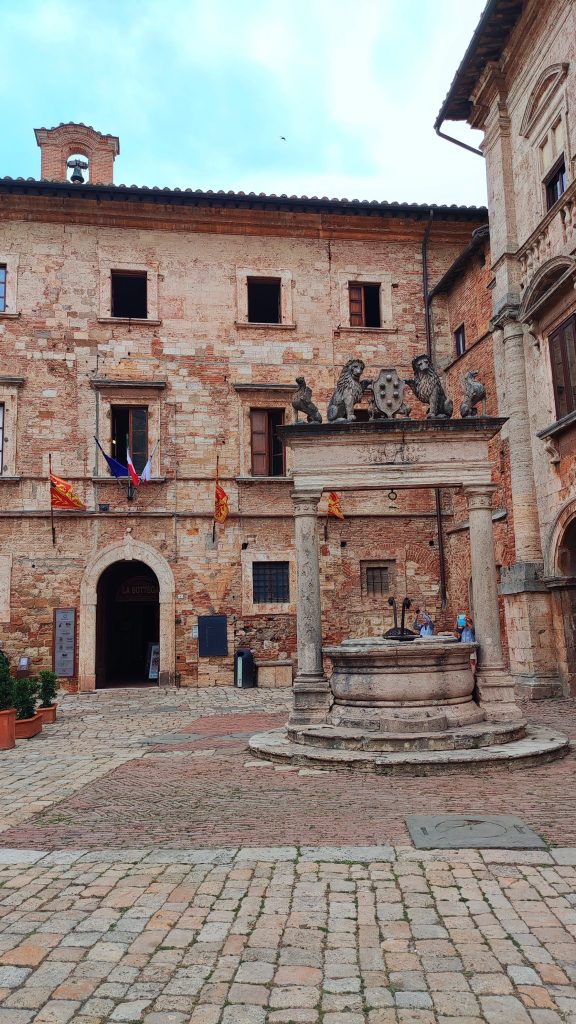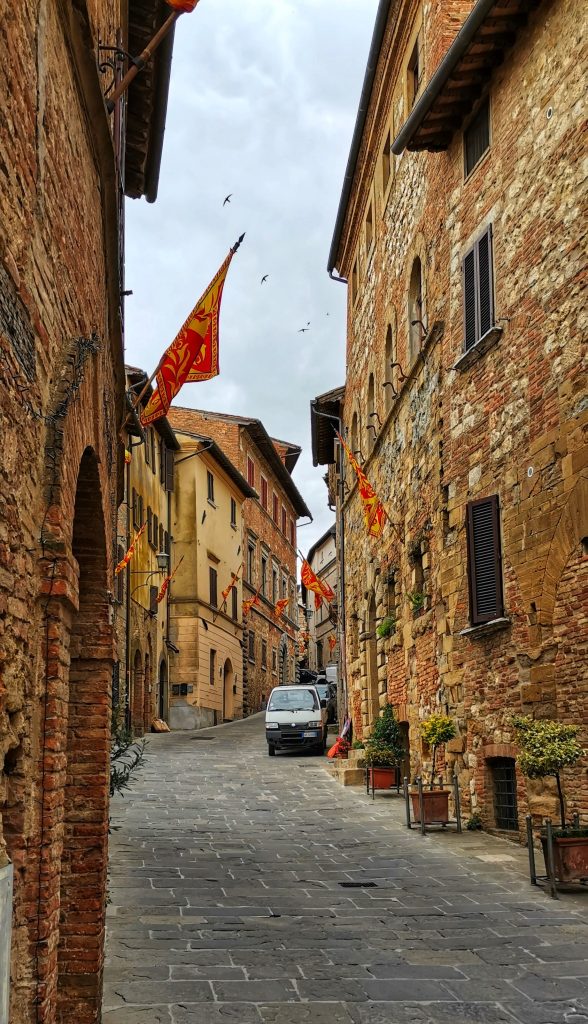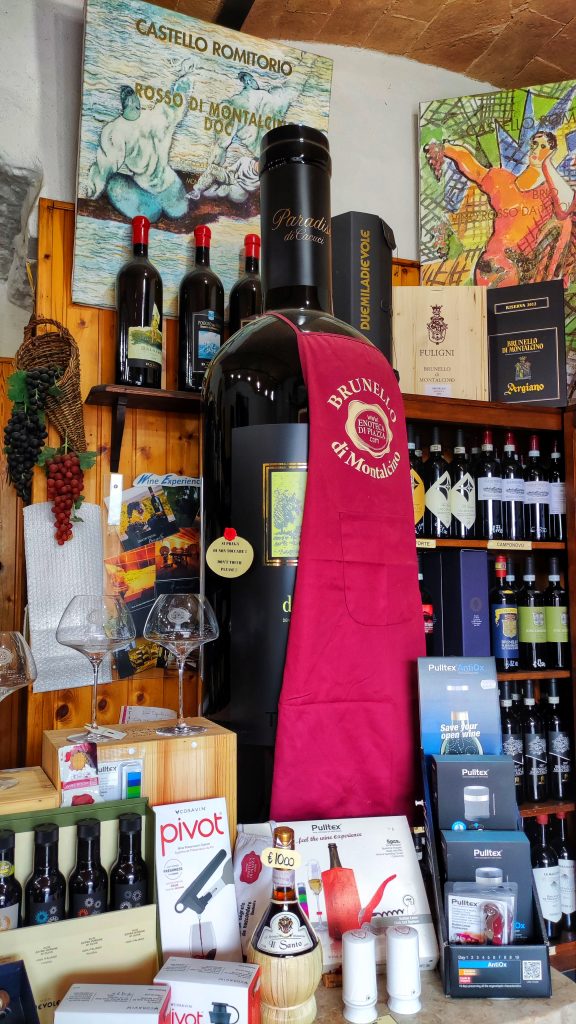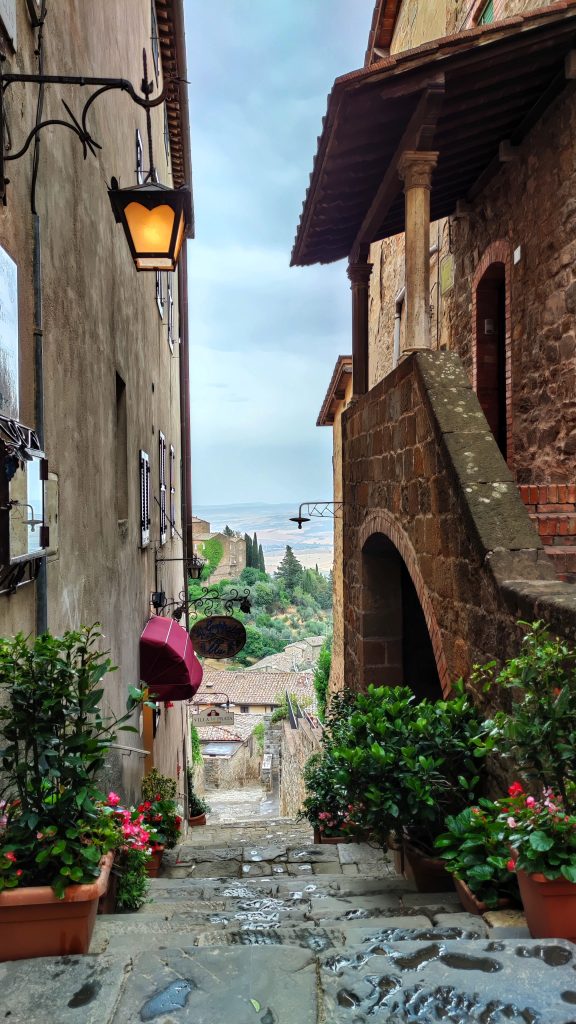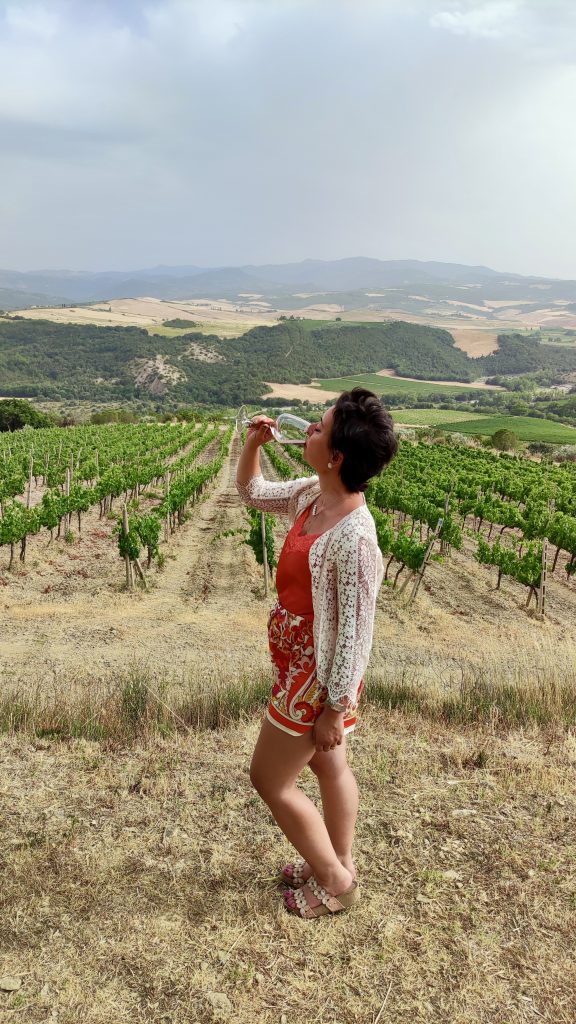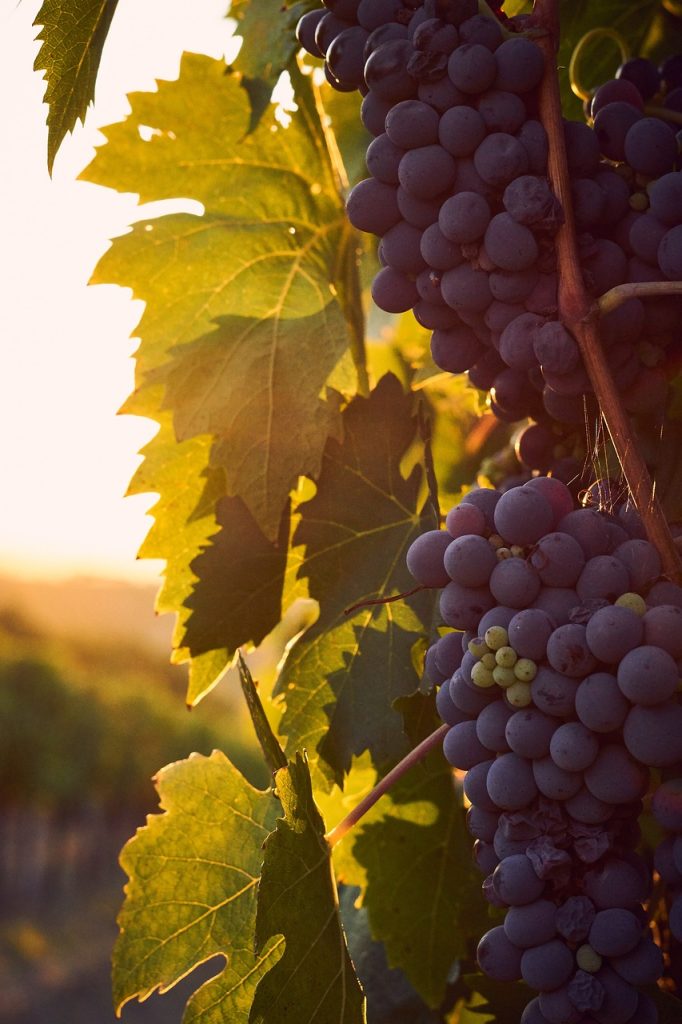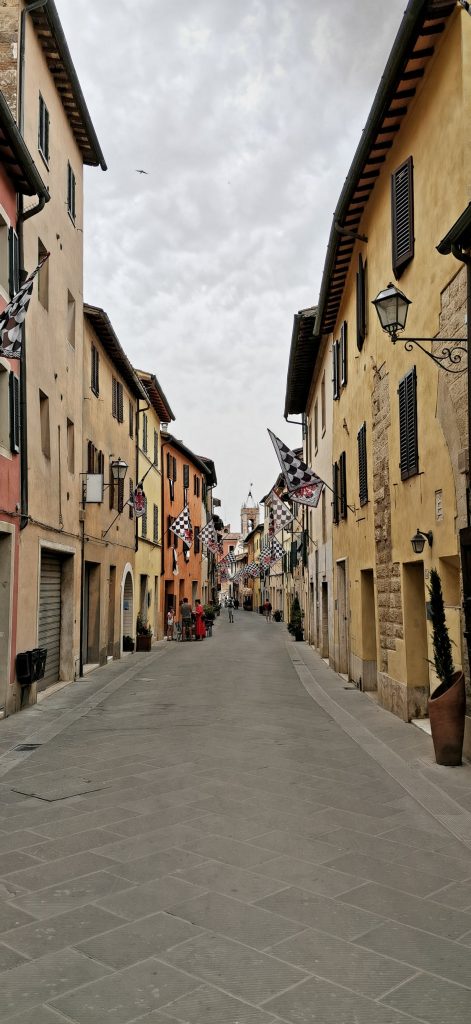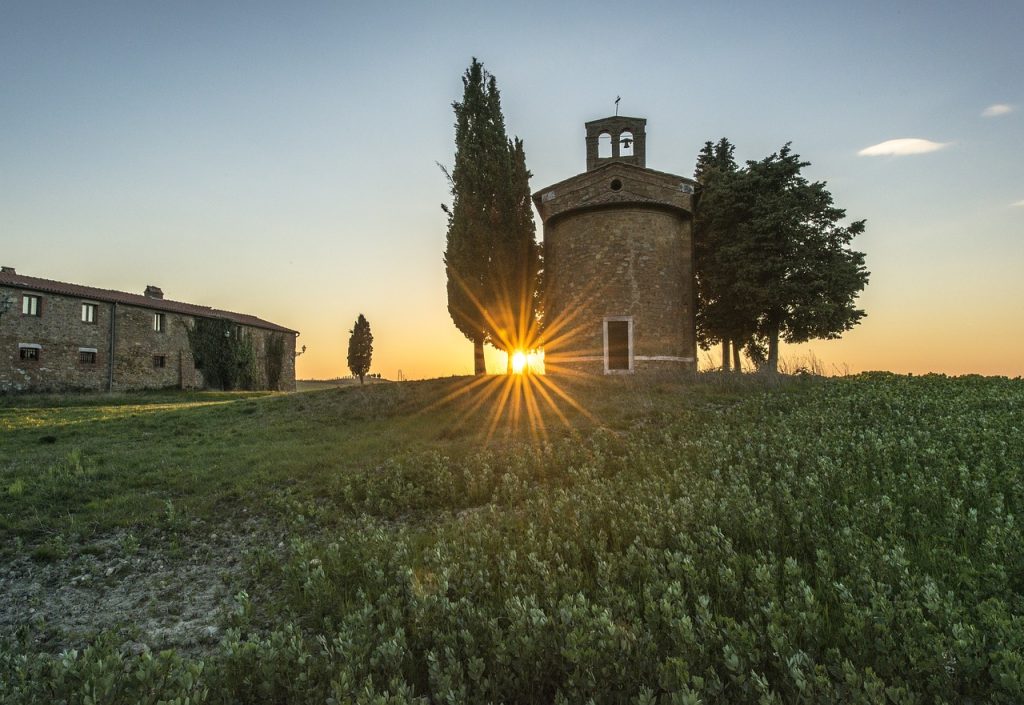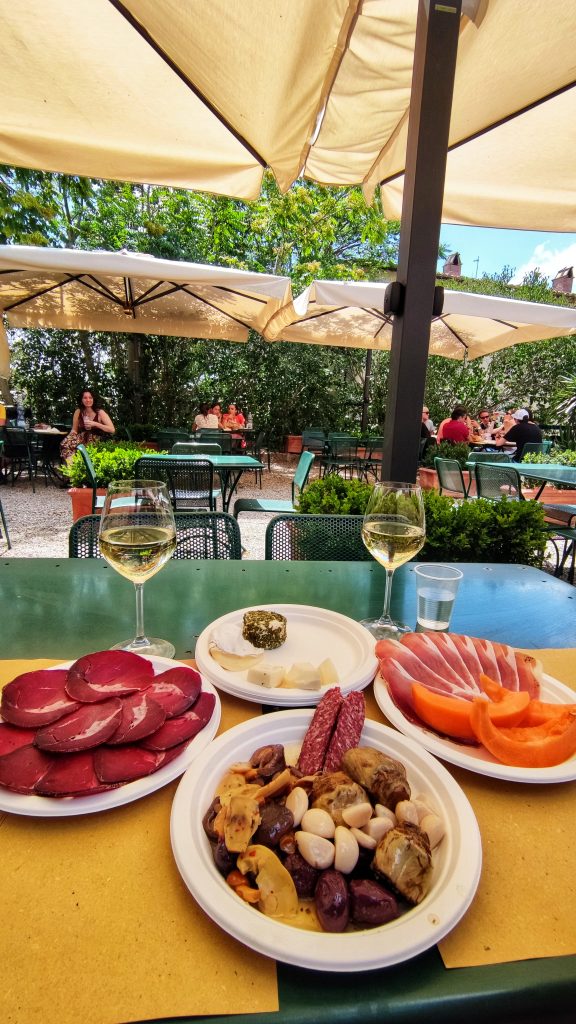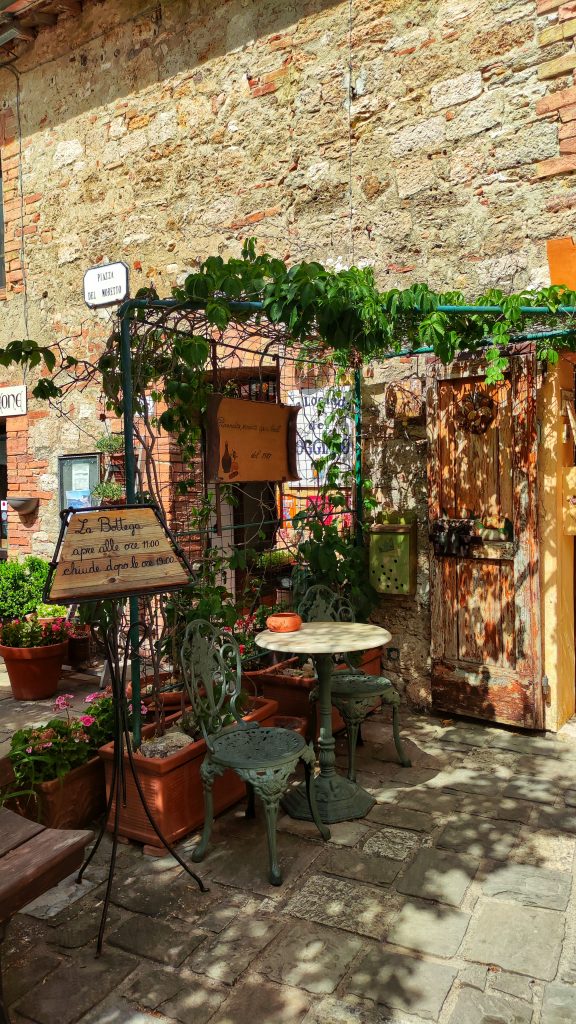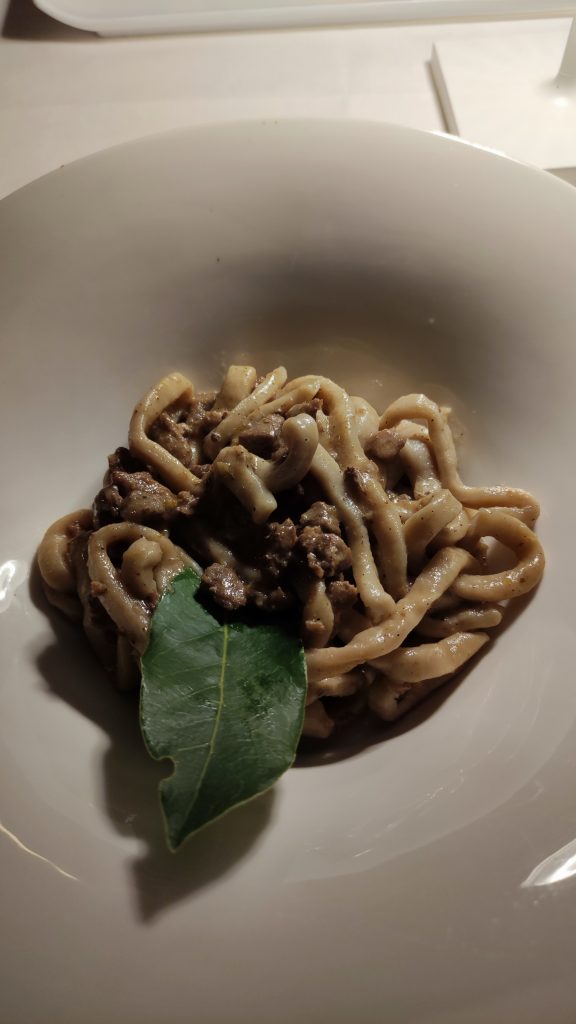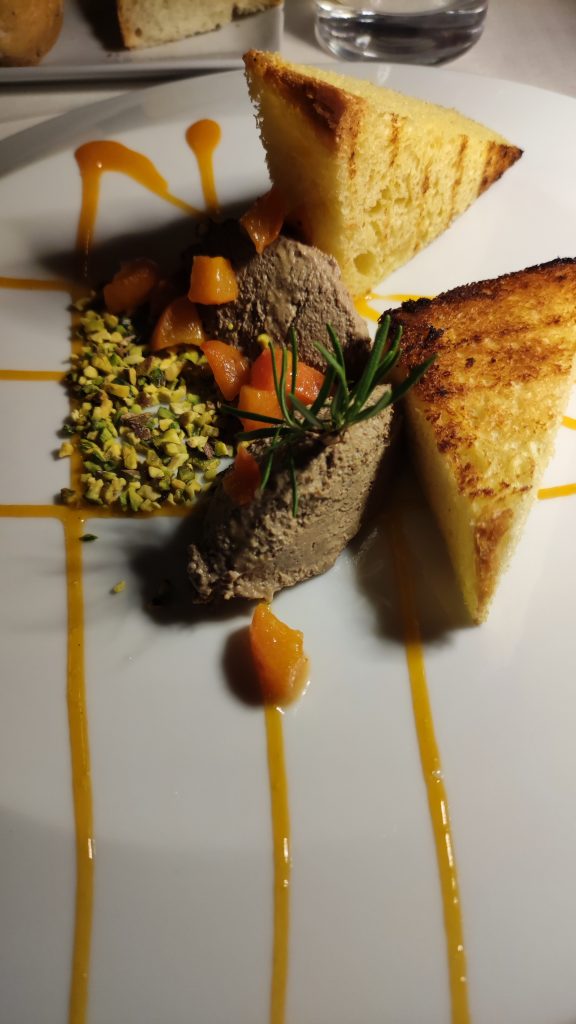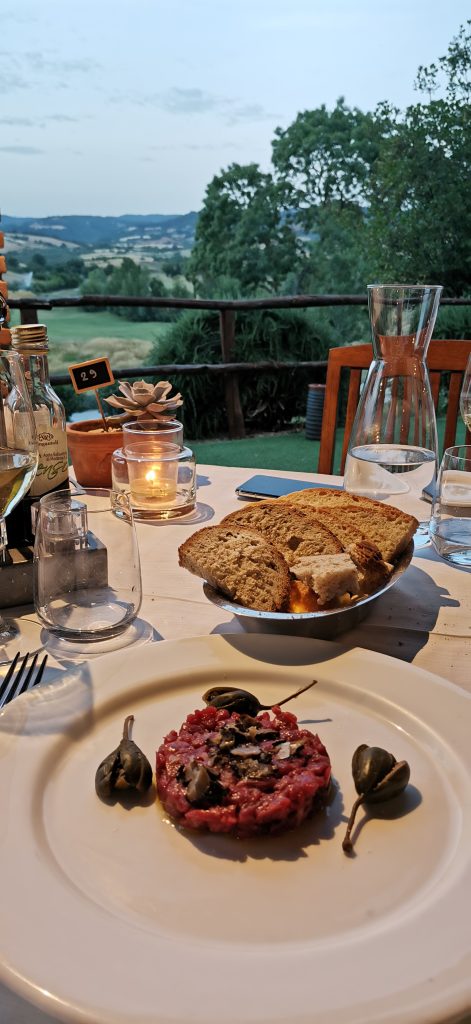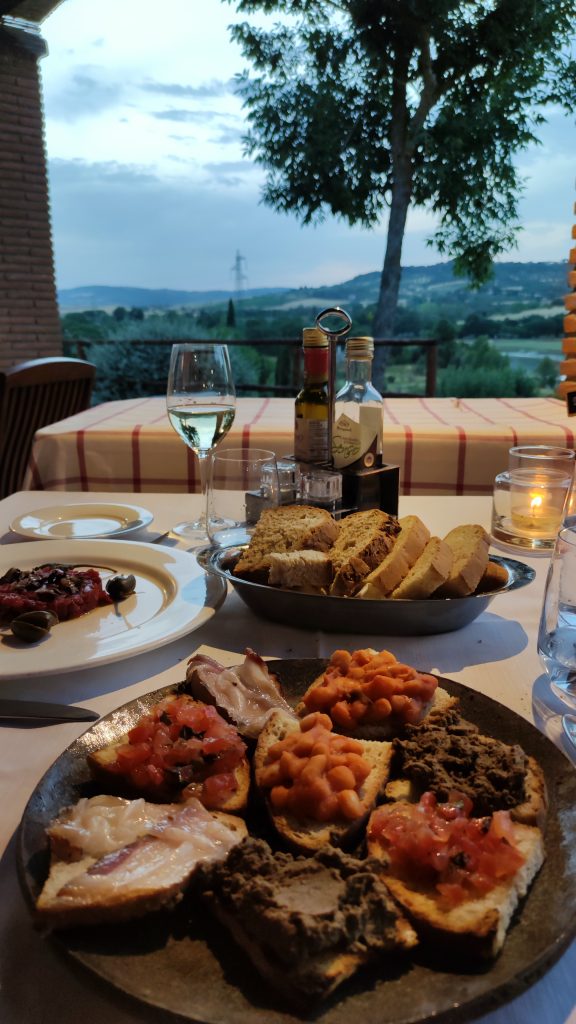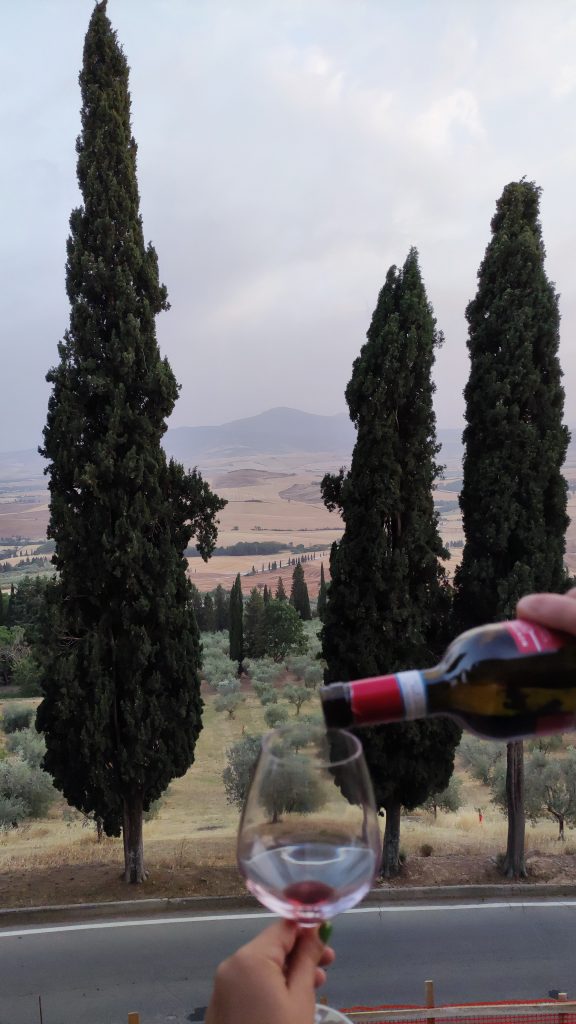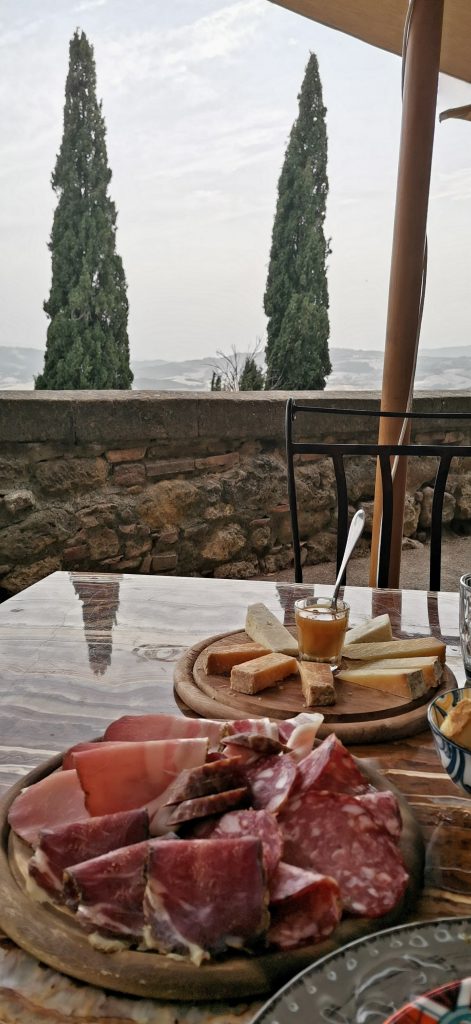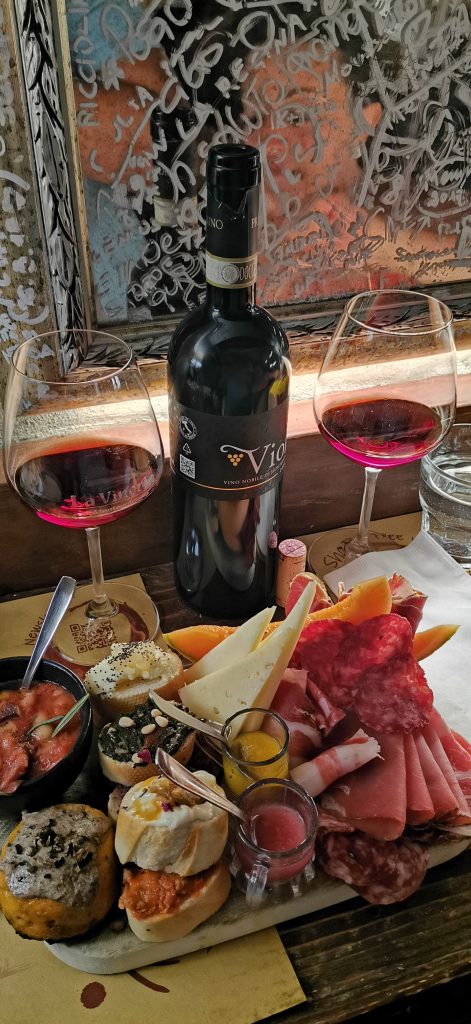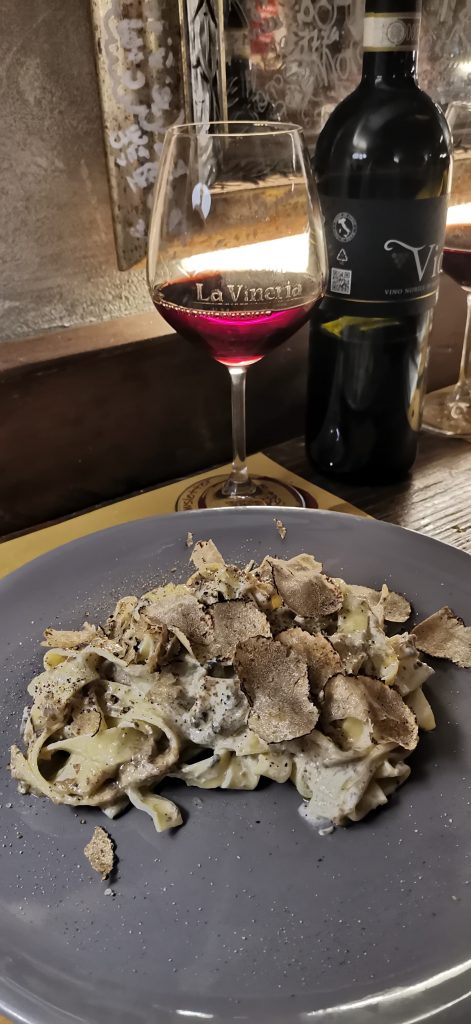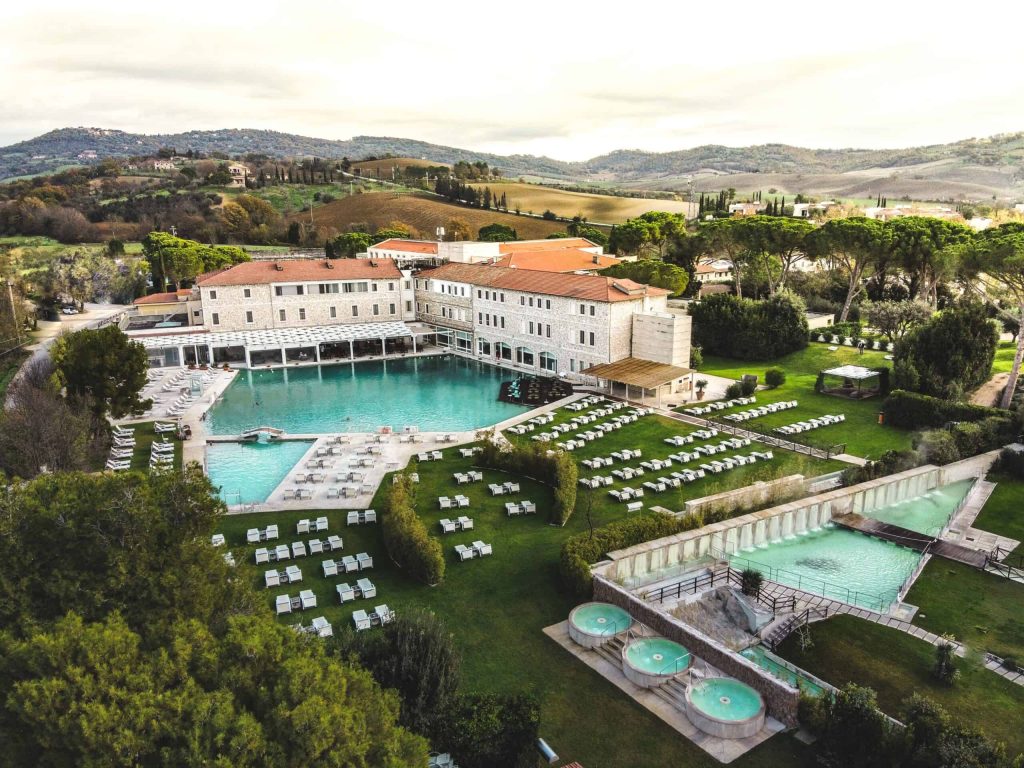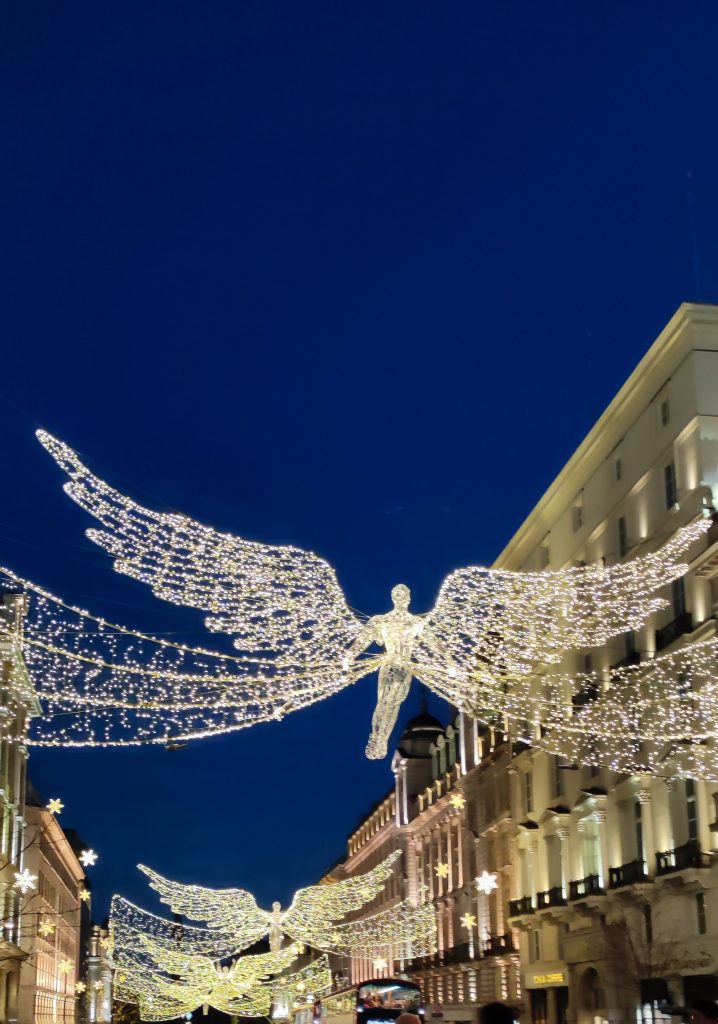
As the holiday season approaches, there’s a special magic in the air across Europe. Twinkling lights adorn the streets, enchanting displays come to life, and the aroma of festive treats fills the air. In this enchanting journey, we’ll take you through some of Europe’s most captivating capitals, where the spirit of Christmas truly comes alive. From mesmerizing Christmas displays to enchanting markets, these cities offer a glimpse into the heartwarming traditions and festive splendor that make Europe a winter wonderland during this time of year. Join me as I embark on a journey to discover the best cities to admire the magic of Christmas. Ready?
London, United Kingdom
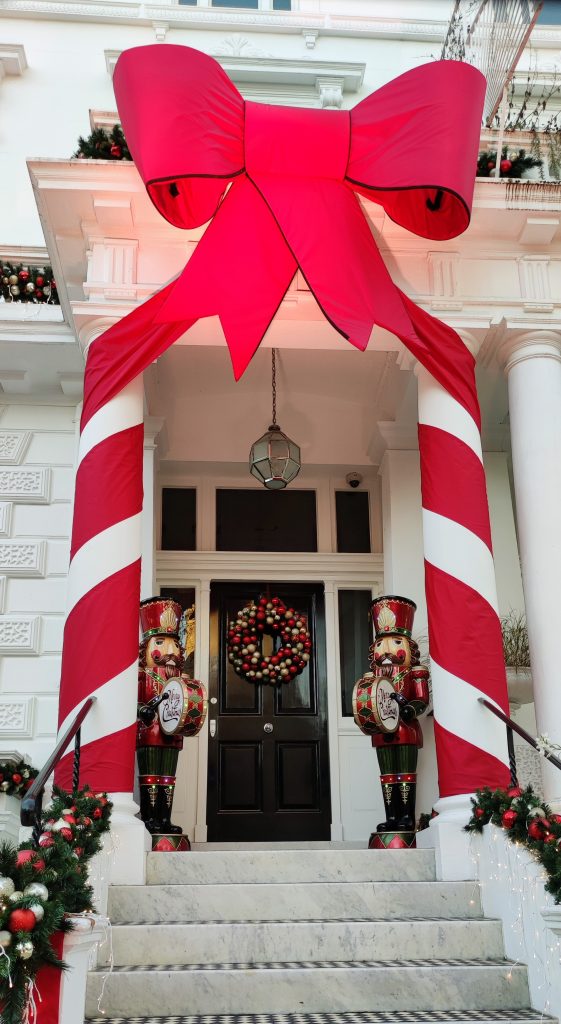
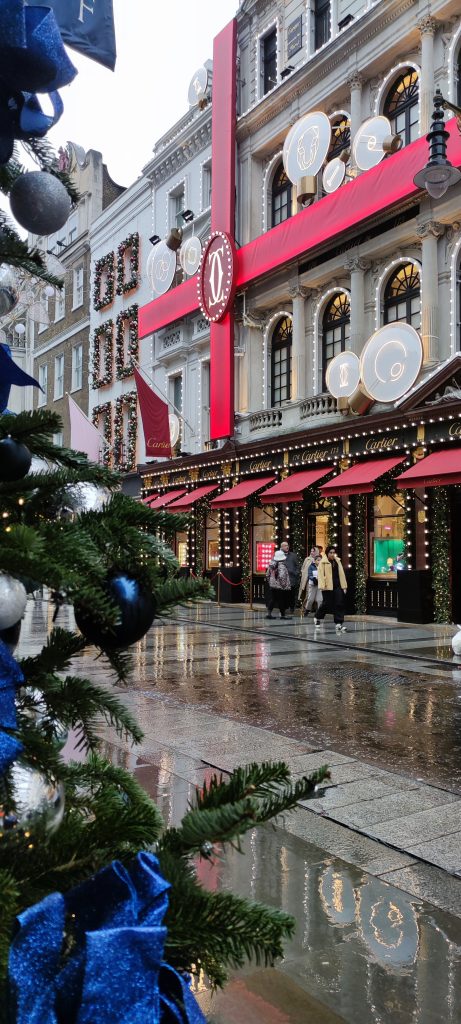
London during the Christmas season is nothing short of a magical spectacle. The city transforms into a dazzling wonderland, with iconic landmarks like Oxford Street and Regent Street adorned with millions of twinkling lights. Don’t miss the famous Christmas displays in London’s world-renowned department stores, such as Harrods and Selfridges, where creativity knows no bounds. Venture to Covent Garden to witness a giant Christmas tree and magnificent decorations that create a truly enchanting atmosphere. Additionally, ice skating rinks, such as the one at Somerset House, offer a delightful way to embrace the festive spirit. For a truly immersive experience, explore the Southbank Christmas Market, where charming stalls offer unique gifts and seasonal treats. London’s Christmas lights and displays are an absolute must-see, creating lasting memories and warming hearts during the holiday season.
- Ice Skating: London offers several picturesque ice skating rinks during the festive season. In addition to Somerset House, you can also skate in front of the iconic Tower Bridge or at the Natural History Museum’s enchanting ice rink.
- Christmas Markets: Apart from the Southbank Christmas Market, explore other markets like Winter Wonderland in Hyde Park, Leicester Square Christmas Market, and Christmas by the River at London Bridge. These markets are perfect for picking up unique gifts, enjoying seasonal food, and sipping on mulled wine.
- Theatre Shows: London’s West End comes alive with special Christmas-themed theater productions. Booking tickets to see a classic like “The Nutcracker” ballet or a festive musical can be a fantastic way to celebrate the season.
- Christmas Lights Bus Tour: Consider taking a Christmas lights bus tour to see the city’s festive illuminations in comfort. It’s a great way to cover a lot of ground and enjoy the sparkling decorations from a unique perspective.
- Christmas Afternoon Tea: Many hotels and tearooms offer Christmas-themed afternoon teas with festive pastries and treats. It’s a delightful way to take a break from sightseeing and enjoy a taste of Christmas.
- Christmas Eve Carol Services: Attend a traditional Christmas Eve carol service at one of London’s historic churches or cathedrals. St. Paul’s Cathedral and Westminster Abbey are particularly popular choices.
- New Year’s Eve Fireworks: If you’re in London for New Year’s Eve, consider getting tickets to the spectacular fireworks display along the Thames. Remember to book well in advance, as tickets sell out quickly.
- Christmas Shopping: London is a shopper’s paradise during the holidays. Explore the upscale boutiques of Bond Street, the festive atmosphere of Carnaby Street, and the luxury of Harrods for your Christmas shopping needs.
Colmar, France
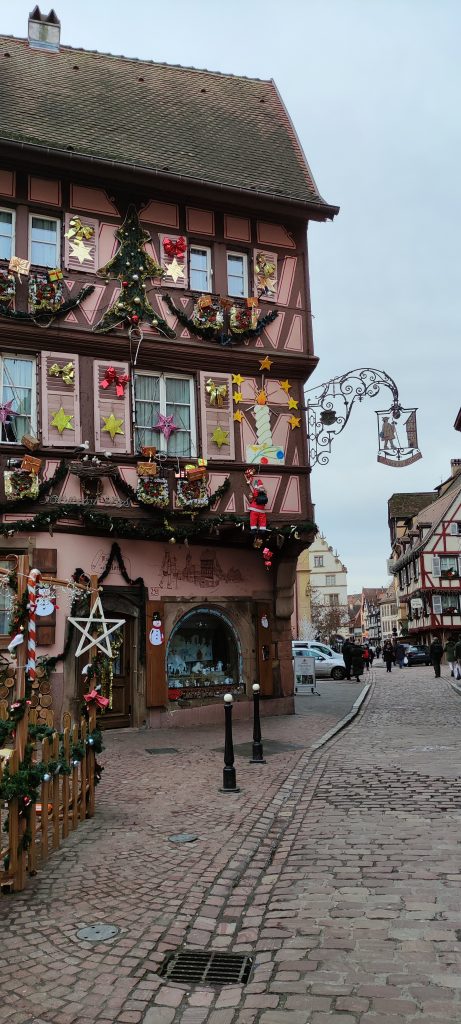
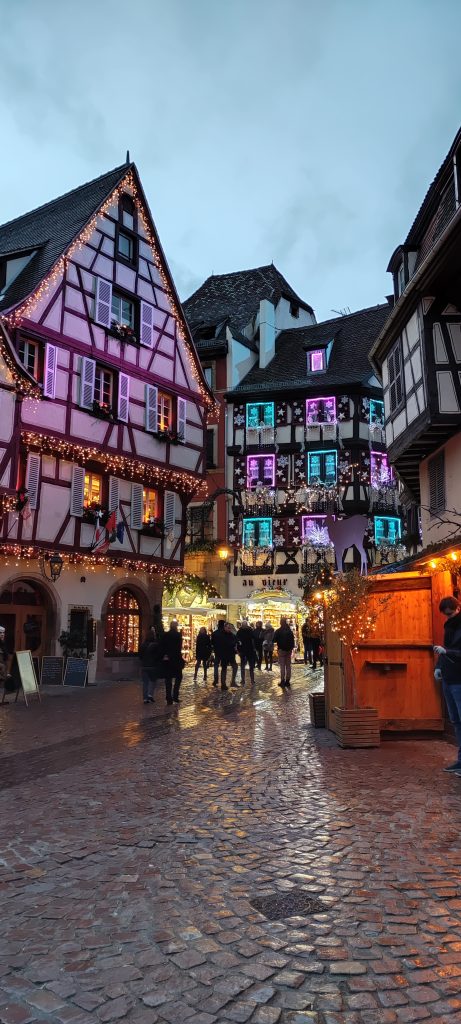
Colmar, a charming town nestled in the heart of Alsace, is a fairytale destination that truly comes alive during the Christmas season. Known as the ‘Capital of Alsatian Wine,’ Colmar transforms into a winter wonderland with its enchanting Christmas lights and displays. The historic Old Town, with its half-timbered houses, becomes a festive spectacle straight out of a storybook. Be sure to visit Place Jeanne d’Arc, where a giant Christmas tree stands tall and beautifully illuminated. Wander through the winding streets adorned with holiday lights, and don’t miss the local Christmas markets, like the one at Place des Dominicains, where you can find handmade crafts, regional treats, and warming mulled wine. Colmar’s picturesque canals also make for a stunning backdrop to the Christmas decorations. This idyllic town offers a cozy and romantic atmosphere that will make your Christmas visit truly magical.
Absolutely don’t miss:
- Little Venice (La Petite Venise): This iconic part of Colmar is even more enchanting during Christmas. Stroll along the canals lined with beautifully decorated houses, and you’ll feel like you’ve stepped into a holiday postcard.
- Colmar Christmas Market: The Colmar Christmas Market is a highlight of the town’s festive season. It’s divided into several smaller markets, each with its own unique character. Explore Place Jeanne d’Arc, Place des Dominicains, and Place de l’Ancienne Douane to discover handcrafted gifts, local foods, and delightful decorations.
- Visit the Museums: Colmar boasts several excellent museums, such as the Unterlinden Museum, which houses medieval and Renaissance art. These can provide a warm and cultural respite from the winter chill.
- Ride the Little Train: Colmar offers a charming Christmas-themed “Petit Train” tour that takes you through the town’s illuminated streets while a guide shares stories and legends about Colmar.
- Gingerbread Houses: Make sure to try some traditional Alsatian gingerbread cookies (called “pain d’épices”) and admire the beautifully decorated gingerbread houses that are often on display during Christmas.
- Wine Tasting: As the ‘Capital of Alsatian Wine,’ Colmar is an excellent place to sample local wines. Many wineries and cellars offer special tastings and events during the holiday season.
- Ice Skating: Colmar often sets up an ice skating rink in the town center during Christmas, providing a fun and festive activity for visitors of all ages.
- Candlelit Tours: Some evenings, Colmar offers candlelit tours of the Old Town. Walking through the historic streets by candlelight adds an extra layer of magic to your Christmas experience.
- Mulled Wine: Warm up with a glass of traditional mulled wine (called “vin chaud”) as you explore the Christmas markets. It’s the perfect drink to keep you toasty during your visit.
- Local Cuisine: Don’t miss the opportunity to savor Alsatian specialties like tarte flambée, choucroute, and foie gras at local restaurants and eateries.
#selectedbyfede
Here selected for you, this incredible experience to do in Colmar discovering the beauty and magic Alsace. Start from the historic center of Colmar and follow the Wine Route along the stunning vineyards and quaint villages, then begin exploring the traditional Alsatian architecture: magical, colorful, and truly unique. Make a stop at each of the so-called “Four Wonders of Alsace.” The first one is Eguisheim, one of the most beautiful villages in France. Continue along the Alsace Wine Route and immerse yourself in the world of vineyards and the products that make the towns of Ribeauvillé and Riquewihr so renowned.You’ll have the opportunity to verify the reputation of the wines of this region by visiting a typical winery and sampling a wide variety of grape varieties such as Gewürztraminer, Riesling, Pinot Noir, and many more. Conclude the tour in Kaysersberg, characterized by the imposing fortress that overlooks it, a reminder of both its strategic importance and its bellicose past. After visiting these four wonders, the driver will safely take you back to Colmar.
Locorotondo, Italy
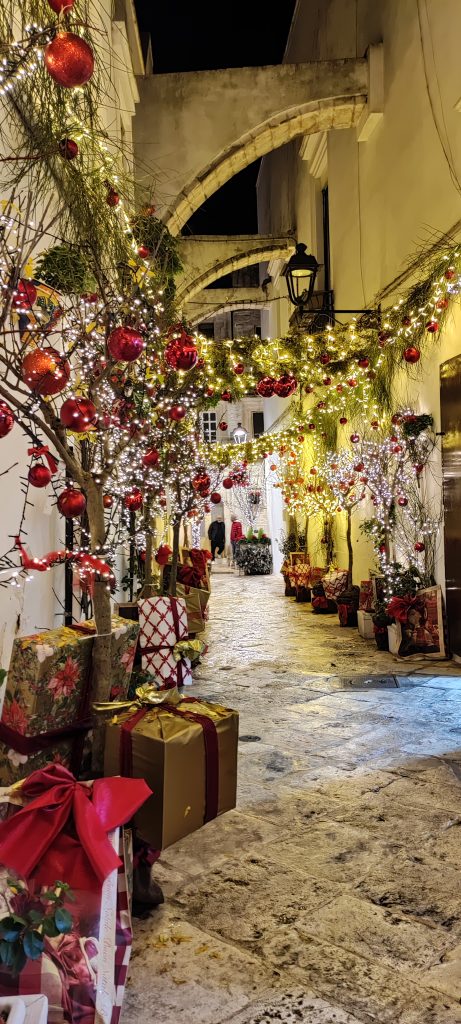
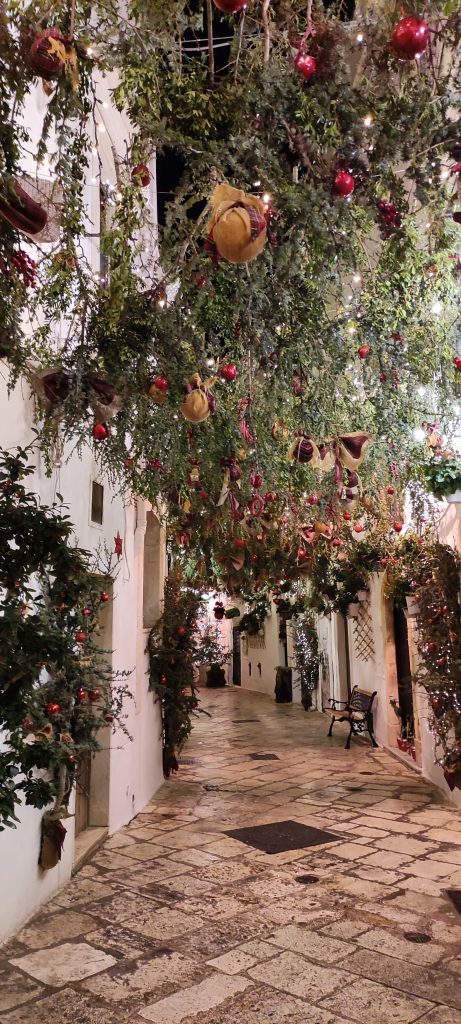
Locorotondo, a picturesque hilltop town in the heart of Italy’s Puglia region, transforms into a charming Christmas wonderland when the holiday season arrives. Known for its whitewashed houses and winding cobblestone streets, Locorotondo takes on a magical glow during this festive time of year. The town’s historic center comes alive with tastefully decorated streets and squares adorned with twinkling lights and nativity scenes. Piazza Vittorio Emanuele is a must-visit, where a beautifully decorated Christmas tree becomes the centerpiece of joyous gatherings. Locorotondo also hosts a Christmas market, showcasing local crafts and delectable holiday treats like panettone and torrone. Explore the narrow alleys to discover intricate nativity scenes created by talented locals, and don’t forget to savor the regional culinary delights that make Puglia famous. Visiting Locorotondo during Christmas is like stepping into a traditional Italian holiday postcard, where the warmth of the people and the enchantment of the season blend seamlessly.
- Plan Ahead: While Locorotondo is a charming destination, it can get quite busy during the Christmas season. Plan your trip and accommodations in advance to ensure a smooth visit.
- Nativity Scene Trail: Explore the town’s intricate nativity scenes, which are an essential part of the Christmas tradition in Locorotondo. Some are set up in public squares, while others can be found in local homes. A self-guided nativity scene trail can be a delightful experience.
- Sample Local Cuisine: Savor the unique flavors of Puglian cuisine. Try the region’s specialty pasta, orecchiette, and indulge in traditional Christmas sweets like cartellate, a type of fried pastry, and pettole, deep-fried dough balls.
- Wine Tasting: Puglia is known for its wines. Visit a local winery for a wine tasting and discover the flavors of the region, including the famous Primitivo and Negroamaro wines.
- Attend Christmas Mass: If you’re interested in the religious aspect of Christmas, consider attending a Christmas Eve or Christmas Day Mass in one of the town’s historic churches. It’s a cultural experience worth exploring.
- Local Markets: Browse the Christmas markets for unique gifts and souvenirs. You may find handmade crafts, artisanal products, and local artwork to take home as mementos.
- Explore the Countryside: Take a leisurely walk or bike ride through the picturesque countryside surrounding Locorotondo. The rolling hills and vineyards offer a tranquil escape from the holiday hustle and bustle.
- Cooking Classes: Join a cooking class to learn how to prepare traditional Puglian dishes. It’s a fun and interactive way to immerse yourself in the local culture.
- Photography Opportunities: Locorotondo’s charming streets and decorated facades provide excellent photo opportunities. Capture the beauty of the town and its Christmas decorations.
- Meet the Locals: Interact with the friendly locals and learn about their holiday traditions. Italians are known for their warm hospitality, and you may be invited to join in on some festive celebrations.
Strasbourg, France
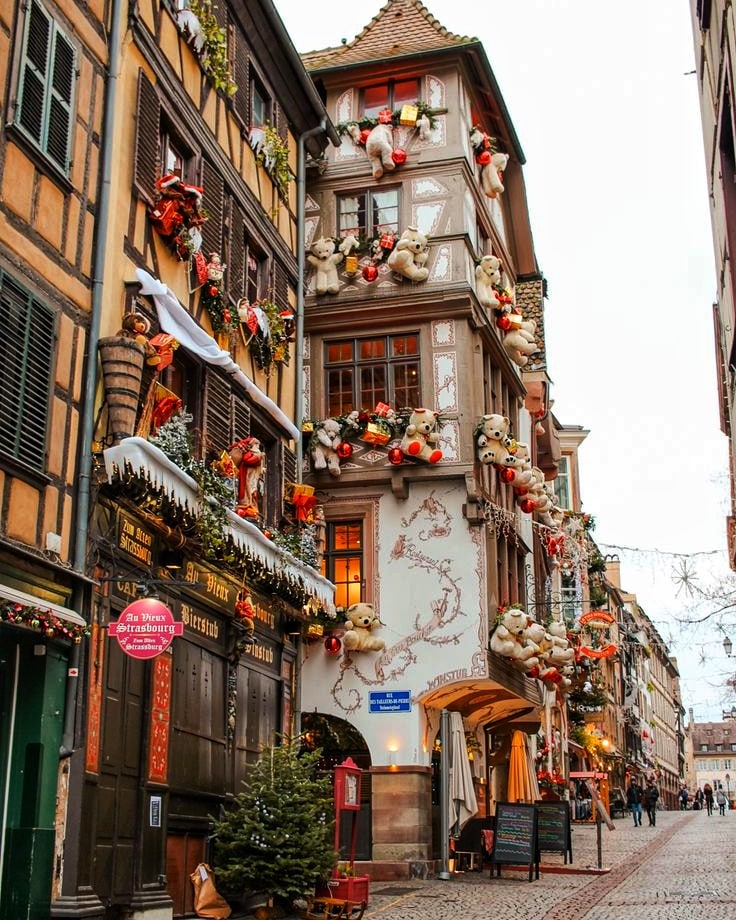
Strasbourg, often referred to as the “Capital of Christmas,” is an enchanting destination that truly comes alive during the holiday season. Nestled in the heart of the Alsace region in France, this historic city boasts one of Europe’s oldest and most famous Christmas markets, dating back to 1570. As winter descends upon Strasbourg, its cobblestone streets and medieval architecture are transformed into a magical wonderland. The city’s iconic Cathedral of Our Lady provides a stunning backdrop to the festive atmosphere, with its towering spire illuminated against the night sky. Strasbourg’s Christmas markets, spread throughout the city, offer an array of handcrafted gifts, mouthwatering Alsatian cuisine, and the scent of mulled wine wafting through the air. From the Grand Christmas Tree in Place Kléber to the charming stalls in La Petite France, Strasbourg during Christmas is a place where centuries-old traditions meet the joyous spirit of the season, making it a must-visit destination for holiday enthusiasts from around the world.
- Visit the Main Markets: Strasbourg has several Christmas markets, but don’t miss the Strasbourg Cathedral Market (Christkindelsmärik) in front of the cathedral. It’s the city’s oldest and most iconic market, featuring beautifully decorated stalls selling crafts and delicious treats.
- Sample Alsatian Cuisine: Indulge in Alsatian culinary delights like flammekueche (a thin crust pizza-like dish), bretzels, and choucroute garnie (sauerkraut with sausages and meats). Also, try the local mulled wine called “vin chaud.”
- Exploration on Foot: The best way to experience Strasbourg’s charm is by wandering through its picturesque streets. Be sure to explore La Petite France, a historic quarter with half-timbered houses and scenic canals.
- Christmas Lights Boat Tour: Take a boat tour along the Ill River to see Strasbourg’s Christmas lights and decorations from a unique perspective. The illuminated buildings along the waterfront are especially enchanting.
- Christmas Tree: Admire the grand Christmas tree in Place Kléber, which is beautifully decorated and lit up. It’s a central meeting point and a symbol of Strasbourg’s holiday spirit.
- Historical Museums: If you’d like a break from the cold, consider visiting Strasbourg’s museums, such as the Strasbourg Museum of Fine Arts (Musée des Beaux-Arts) or the Alsatian Museum (Musée Alsacien) to learn more about the region’s history and culture.
- Mulhouse Christmas Market: While in the Alsace region, consider a day trip to Mulhouse, a nearby town known for its enchanting Christmas market. It’s easily accessible by train from Strasbourg.
- Souvenir Shopping: Browse the market stalls for unique Christmas ornaments and souvenirs. The city is famous for its exquisite handcrafted decorations.
- Ice Skating: Enjoy some winter fun by going ice skating at one of the city’s temporary ice rinks, often set up in central squares during the holiday season.
- Attend a Concert: Check if there are any special Christmas concerts or performances happening at Strasbourg’s theaters and concert halls. Music and holiday-themed events can add to the festive atmosphere.
- Take a Day Trip: Explore other charming Alsatian towns and villages, such as Colmar, Riquewihr, or Obernai, which also host beautiful Christmas markets and offer a glimpse of traditional Alsatian culture.
Remember to dress warmly, as temperatures can drop during the winter months, and check for any specific Christmas events or entertainment scheduled during your visit. Enjoy your magical Christmas experience in Strasbourg!
Dresda, Germany
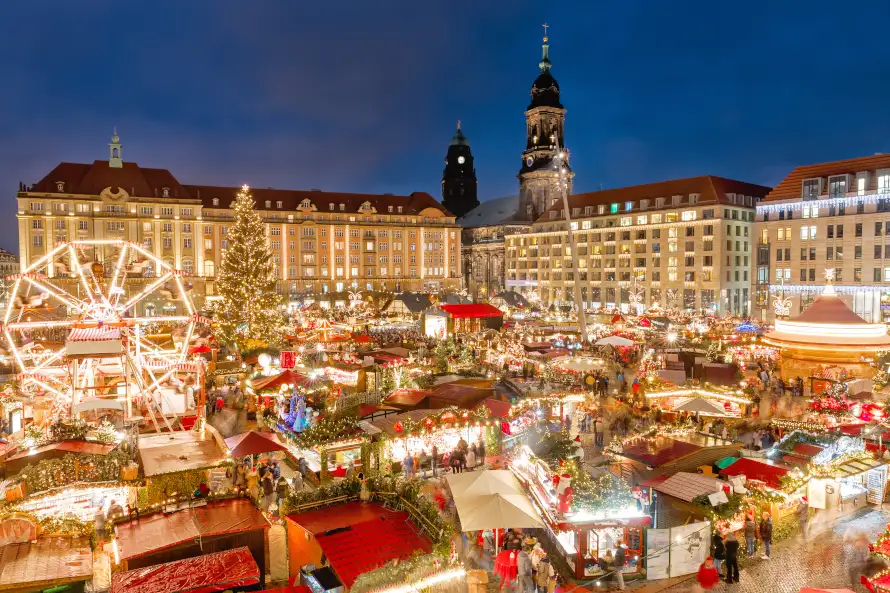
Dresden, the capital city of the German state of Saxony, is a city that truly sparkles during the Christmas period. Renowned for its rich history and architectural treasures, Dresden takes on an enchanting allure as winter descends. The city’s Christmas markets, particularly the Striezelmarkt dating back to 1434, are a centerpiece of the holiday season. Located in the heart of the historic Old Town, the Striezelmarkt is adorned with twinkling lights, festive decorations, and the scent of roasted almonds and mulled wine. Visitors can explore a wonderland of handcrafted gifts, traditional German treats, and delightful crafts. The majestic Frauenkirche, Dresden’s iconic baroque church, stands tall against the backdrop of the holiday festivities. Beyond the markets, the city’s streets and squares come alive with festive displays and cultural events, making Dresden a magical destination to immerse oneself in the spirit of Christmas.
Dresden offers a multitude of delightful experiences during the Christmas season. Here are some of the best things to do and places to visit:
- Striezelmarkt: Start with a visit to the Striezelmarkt, one of Germany’s oldest and most famous Christmas markets. It’s not only a great place for shopping but also for savoring traditional Saxon treats like stollen (a type of fruitcake) and mulled wine.
- Dresden Christmas Stollen Festival: If you’re in Dresden on December 7th, don’t miss the annual Stollen Festival, where a giant stollen cake is paraded through the city, sliced, and distributed to the crowd.
- Dresden’s Christmas Markets: Besides the Striezelmarkt, explore other charming Christmas markets like the Medieval Market at the Stallhof (Castle Courtyard) for a unique historical atmosphere and crafts.
- Visit the Frauenkirche: The Frauenkirche is beautifully illuminated during the Christmas season and often hosts concerts and events. You can also climb to the top for panoramic views of the city.
- Dresden Zwinger: This baroque palace complex is a cultural hub and looks enchanting with Christmas decorations. Check if there are any special exhibitions or events happening at the Zwinger during your visit.
- Dresden Castle (Residenzschloss): Explore the Dresden Castle, which often hosts a Christmas market in its courtyard. Inside, you can visit museums like the Green Vault to see impressive collections of jewelry and treasures.
- Christmas Carol Concerts: Attend a traditional Christmas carol concert in one of Dresden’s historic churches, like the Kreuzkirche or the Frauenkirche, to experience the city’s musical heritage.
- Steamboat Christmas Cruises: Enjoy a romantic cruise on the Elbe River aboard a beautifully decorated steamboat. These special Christmas cruises offer scenic views of the city’s illuminated skyline.
- Dresden Panometer: Visit the Dresden Panometer for immersive panoramic views of Dresden during various historical periods, including a special Christmas-themed exhibit if available.
- Saxon Switzerland: Take a day trip to the nearby Saxon Switzerland National Park for picturesque hikes and breathtaking natural landscapes. The snow-covered sandstone formations make for a stunning winter scene.
- Dresden Christmas Market Tour: Consider joining a guided Christmas market tour to get insights into local traditions and history while exploring the markets.
- Shop for Handmade Gifts: Dresden’s Christmas markets are great places to shop for unique handmade gifts, including crafts, ornaments, and traditional wooden toys.
Dresden’s Christmas season is a magical time to explore its rich cultural heritage and traditions. Be sure to check event schedules and opening hours in advance, as they may vary from year to year. Enjoy your festive visit to this beautiful German city!
Tallinn, Estonia
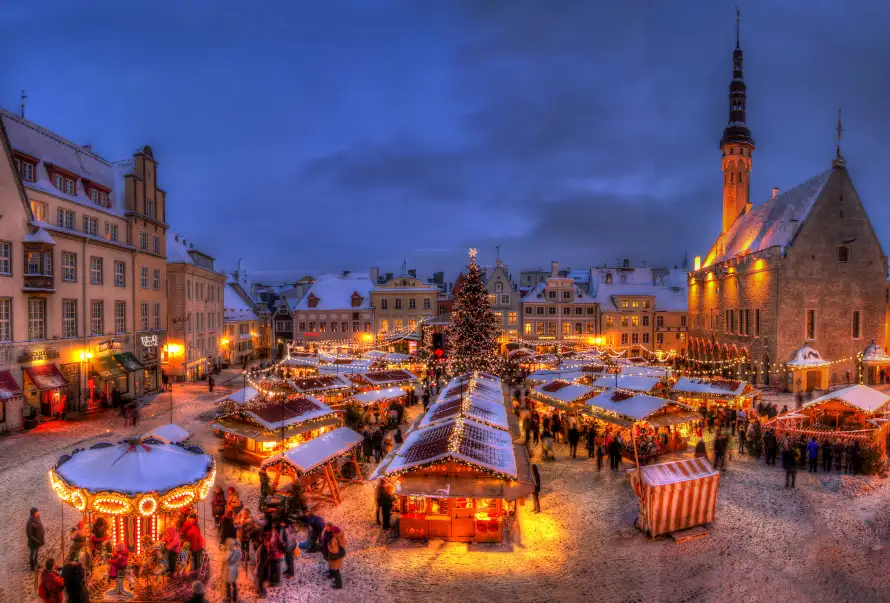
Tallinn, the charming capital of Estonia, undergoes a stunning transformation during the Christmas period. This medieval gem is already known for its well-preserved Old Town, but when winter arrives, it becomes a fairytale destination. The heart of Tallinn, Raekoja plats (Town Hall Square), takes center stage, adorned with a beautifully decorated Christmas tree and surrounded by picturesque medieval buildings. The city’s Christmas markets, such as the one in Raekoja plats and the nearby St. Catherine’s Passage, offer an array of handcrafted gifts, warm woolen mittens, and delicious Estonian holiday treats. Tallinn’s cobblestone streets and historic facades are illuminated with festive lights, creating a magical atmosphere perfect for strolling and taking in the winter wonderland. The medieval charm combined with the spirit of the season makes Tallinn an enchanting destination for experiencing the magic of Christmas in Northern Europe.
Here are some helpful tips for visitors to Tallinn during the Christmas period, along with what to see and do:
- Explore the Christmas Markets: Tallinn boasts several Christmas markets, with the one in Raekoja plats being the most famous. Be sure to also visit St. Catherine’s Passage for a more intimate market experience. Sample traditional Estonian gingerbread cookies, mulled wine, and sausages.
- Old Town: Wander through Tallinn’s beautifully preserved Old Town, a UNESCO World Heritage Site. The medieval architecture and cobblestone streets look even more enchanting adorned with Christmas lights and decorations.
- Alexander Nevsky Cathedral: This iconic Russian Orthodox cathedral is a sight to behold, especially when it’s illuminated at night. Visit during the Christmas season to see it in all its glory.
- Christmas Tree at Raekoja plats: The Christmas tree in Town Hall Square is a must-see. It’s often considered one of the most beautiful Christmas trees in Europe.
- Kiek in de Kök: This medieval tower museum offers panoramic views of Tallinn. In winter, you can see the city’s snow-covered rooftops and Christmas lights from above.
- Estonian Open Air Museum: Take a short trip from the city center to this outdoor museum, which showcases Estonian rural architecture and traditions. It can be a charming place to visit during the holiday season.
- Christmas Concerts and Performances: Check out the schedule for Christmas concerts, choirs, and performances happening at churches and concert halls throughout the city.
- Christmas Sauna: Experience an Estonian tradition by visiting a local sauna. It’s a great way to warm up during the winter months and relax in a cozy atmosphere.
- Tallinn TV Tower: For panoramic views of Tallinn and its surrounding landscapes, visit the Tallinn TV Tower. It’s especially picturesque when the city is covered in snow.
- Local Crafts and Souvenirs: Shop for unique Estonian crafts and souvenirs at the Christmas markets. Look for woolen items, ceramics, and handcrafted jewelry.
- Day Trip to Kadriorg Palace: Take a short tram ride to Kadriorg Palace and Park, where you can explore the stunning Baroque palace and its grounds. The park may be covered in snow, creating a serene winter landscape.
- Try Vana Tallinn: Warm up with a glass of Vana Tallinn, a traditional Estonian liqueur, which can be found in many local bars and restaurants.
Remember to dress warmly during your visit, as the winter temperatures in Tallinn can be quite chilly. Also, check the opening hours of attractions and events, as they may vary during the holiday season. Enjoy your festive visit to Tallinn!
